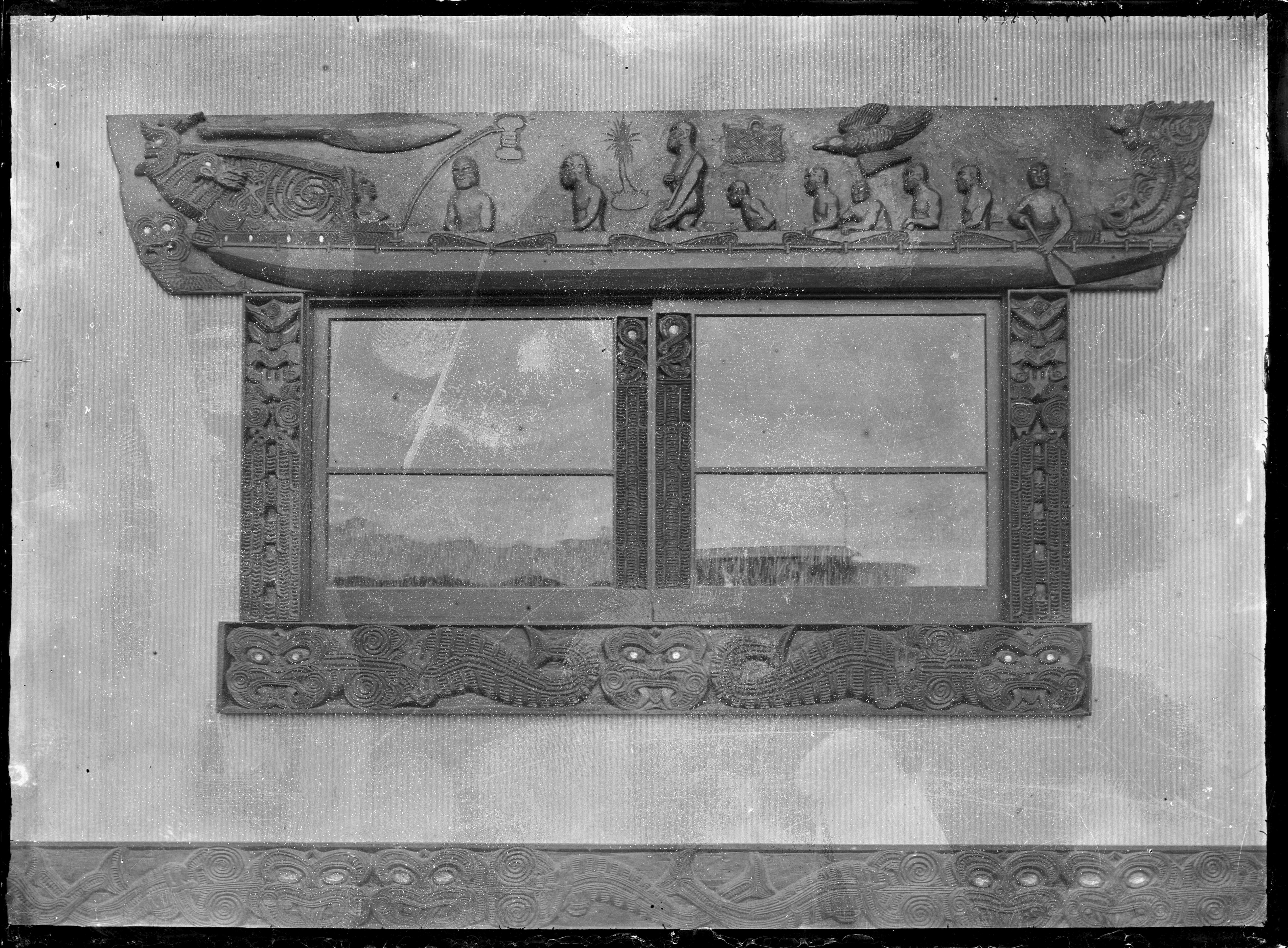

public profile


Captain of Tainui Waka who landed in Kawhia on the West Coast. His descendants settled the Kawhia and Aotea harbour area. Later his descendants travelled inland and populated the area from Mokau to Auckland, and from the Hauraki Gulf to the West Coast. Hoturoa names the Waikato River.

(Wikipedia [Image], 2018).
"Hoturoa. (c. 1350) [note date not accurate, son born in 1200s]. High priest and commander of Tainui canoe. Hoturoa was born in Hawaiki, the son of Auauterangi and Kuotepo, and was distantly related to Tama te Kapua. According to Maori tradition Hoturoa was middle aged when he made the voyage to New Zealand. In Hawaiki he held his people aloof from the tribal skirmishes that preceded the migration, but when he learned that Turi and the others intended to leave the island, Hoturoa decided to follow suit. His canoe, Tainui, according to tribal tradition, made landfall at Whangaparaoa, near Cape Runaway. From there Tainui explored the coast northwards and sailed into Waitemata (Auckland) Harbour. He hauled the canoe across the isthmus to Manukau Harbour and then explored the west coast southwards. Some of the Tainui people settled at Whaingaroa (Raglan) Harbour, Kawhia, and at Mokau. The last party left on board – the Ngati Tara-pounamu – beached the Tainui at Te Waiiti. When he heard that the canoe had been abandoned, Hoturoa, who had settled at Kawhia, brought a party overland, refloated it, and sailed to Kawhia. There the Tainui was drawn up into a manuka grove below the shrine of Ahurei, and two stone pillars, set at either end, mark where it rested. Hoturoa had two wives, Whakaoterangi and Marama, both of whom figure largely in the Tainui legend. The former is credited with beginning the cultivation of kumara in the new land. Tainui tribes later spread over the area from the Mokau River to Manukau Harbour on the west coast and included the Waikato and King Country. Their boundary runs through Maungatautari (near Cambridge) to the Thames Valley and Coromandel Peninsula. Source: 'HOTUROA', from An Encyclopaedia of New Zealand, edited by A. H. McLintock, originally published in 1966. Te Ara - the Encyclopedia of New Zealand." (McLintock, 1966).
"In Māori traditions, the Tainui waka was commanded by the chief Hoturoa. On its voyage the Tainui stopped at many Pacific islands, eventually arriving in New Zealand. Its first landfall was at Whangaparaoa on the east coast of the northern North Island. Tainui continued on to Tauranga, the Coromandel Peninsula and Waitemata Harbour. From the Waitemata on the east coast, the canoe was carried by hand across the Tamaki isthmus (present-day Auckland) to Manukau Harbour on the west coast. From the Manukau, Tainui sailed north to Kaipara, then southwards to the west coast harbours of Whaingaroa (Raglan), Aotea and Kāwhia. It continued further to south of the estuaries of the Mōkau and Mohakatini rivers before returning north to its final resting place at Maketu in Kāwhia harbour. Crew members disembarked at each landfall site along the way. Descendent groups formed several iwi, many associating under the Tainui confederation of iwi." (McLintock, 1966; Wikipedia, 2022).
Sources
Collins, A., Turner, K., Te Huia, M. K., Thompson,, S., & Samuels, T. R. (2012). Te Kurutao a Maahanga Te Pū o te Tao Te Pū Kotahitanga Oral and Traditional History Volume of Ngāti Maahanga. Crown Forestry Rental Trust.
https://forms.justice.govt.nz/search/Documents/WT/wt_DOC_42292535/W...
Jones, P. T. (1975). Ngā Kāwei Tūpuna o Ngāti Hāua Genealogical Tables of the Ngāti Hāua. In Ngāpuwaiwaha Marae. [Booklet] Ngāti Hāua.
Jubilee: Te Tiupiri. (1898, April 26). Meiha Keepa Rangihiwinui: He tino kaumatua rangatira no te iwi Maori o Niu Tireni.
https://paperspast.natlib.govt.nz/newspapers/JUBIL18980426.2.4?end_...
McLintock, A. H. (1966). Hoturoa, from An Encyclopaedia of New Zealand. Te Ara Encyclopedia of New Zealand.
https://teara.govt.nz/en/1966/hoturoa
Mitira, T. H. (1972). Takitimu: Genealogical tables. Reed Publishing (NZ) Ltd
Ngāti Toa Rangatira., Trustee Of The Toa Rangatira Trust., & The Crown. (2012, December 7). Deed of settlement of historical claims [Deed]. The Government of New Zealand.
https://www.govt.nz/assets/Documents/OTS/Ngati-Toa-Rangatira/Ngati-...
Raukawa., Raukawa Settlement Trust., & The Crown. (2012, June 2). Deed of settlement of historical claims [Deed]. New Zealand Government.
https://www.govt.nz/assets/Documents/OTS/Raukawa/Raukawa-Deed-of-Se...
Royal, T. C. (1991). Hua noa nei te ua i aku kamo he whakaputanga whakaaro mō te wiata: Kia whitia e Tama-nui-te-rā kia Puhia e ngā Pōtiki-a-Tāwhirimātea. Te Whare Wānanga o Manawatū Te Papa-i-oia.
https://mro.massey.ac.nz/bitstream/handle/10179/6392/02_whole.pdf?s...
Waitangi Tribunal. (2020). Te Mana Whatu Ahuru: Report on Te Rohe Pōtae Claims, Part VI, Take a Takiwā. Legislation Direct, Government of New Zealand.
https://forms.justice.govt.nz/search/Documents/WT/wt_DOC_167351825/...
Wikipedia. (2018, May 4). File:Mahina-a-Rangi meeting house, Turangawaewae Marae, Ngaruawahia ATLIB 290779.png.
https://commons.m.wikimedia.org/wiki/File:Mahina-a-Rangi_meeting_ho...
Wikipedia. (2022, November 20). Tainui (canoe).
https://en.m.wikipedia.org/wiki/Tainui_(canoe)
| 1200 |
1200
|
||
| ???? |
Hawaiki
|
||
| ???? | |||
| ???? | |||
| ???? | |||
| ???? | |||
| ???? | |||
| ???? |